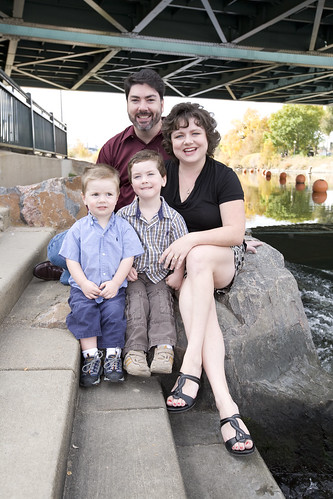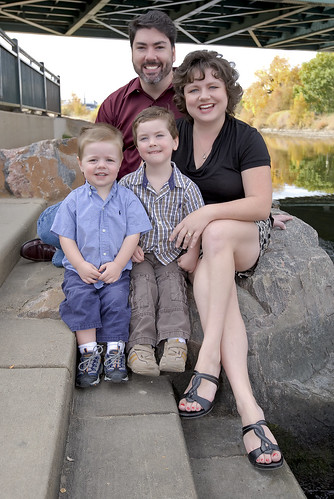
Jordan's senior yearbook picture before:

Jordan's senior yearbook picture after post processing:
In an effort to conserve my time and energy during the hectic senior session season, I'm trying out what I think will end up being a major workflow overhaul for my studio. It's still a work in progress, and I may end up adapting the workflow again as I find new ways to manage my time. But I'm going to give this a try for a while.
Currently, I'm running a senior special where I am only editing select photos chosen by the client, including the yearbook picture, two 8x10s, four 5x7s and one sheet of wallets. That's a big change from my old way of doing things. I used to spend days editing every single image from a session (which could mean several hundred). I'd present the client with all the images only to find out later
that they may have only loved 30 to 40 select images. It's inevitable that the clients never seem to like the images that I prefer and everyone you speak too prefers a different image! While I certainly believe a client is paying me for my vision, you just can't ignore the client's personal taste and the decisions they make based on those preferences.
Before, when I had fewer clients, I didn't sweat editing hundreds of images from a single session. I really do love post processing in Photoshop and it helped me gain experience! Clients never saw any of my unedited product until I was completely done post processing it. But since my client load has picked up, and the Rocky Mountain News has closed (meaning everyone still left working at the Denver Post is doing the work of at least two people), I realized that I just couldn't afford to keep editing like that.
So now, I'm trying out a proof method where clients choose a specified amount of photos they want retouched. I have been using the synchronize function in Adobe Camera Raw to auto correct all the files for global edits such as sharpening, noise reduction and exposure compensation. I won't do any blemish fixing, eye or teeth whitening, cropping, etc. unless the client choses that image for the extra work. I am ruthless about culling down the images to the very best because I just don't think it's a good idea to overwhelm a client with hundreds of images from a one- or two-hour session. I cut out duplicates, and if I immediately see that I want to change an image to black and white, I will do that to give the client an idea of what the finished product would look like.

BEFORE

AFTER
It takes less than 30 minutes to batch edit and export the files to a private online proofing gallery this way. The images are watermarked and resized automatically. Some photographers don't agree with this method because they don't want a client to see a less than perfected image. But I think your work flow may ultimately change based on your situation and what the client expects. I know that my senior portrait clients this season have been over-joyed to see their images a day after the shoot while the excitement over the session is still fresh. The process has especially worked great for several seniors who were on a tight turnaround schedule to get their photos into yearbook staffs in a matter of weeks.
Of course, the best way to make a workflow like this successful is to make sure you get as great an image in camera as possible instead of relying on "fixing it later" in post-processing. That may take a little more prep time in the front end, but it's worth it when you get compliments like this from clients:
"OMG, we had a hard time trying to decide what photos we wanted! They are all so good!! U did an awesome job!!" says Monique D., the mother of one of my seniors named Jordan. I had Jordan's final chosen pics edited in less than an hour!

BEFORE

AFTER
I'm also contemplating taking the workflow one step further by editing my favorite 15to 20 and only showing clients those images in a final format. If they're not satisfied, I would allow them to see all of the proofs to select others to edit. New marketing research has shown that reducing the range of options by offering only a limited selection of products keeps the client from getting paralyzed by too much choice, leading to lackluster sales. I don't want my clients to get so overwhelmed that they decide not to purchase anything at all.
What's your proofing and editing process method?

























